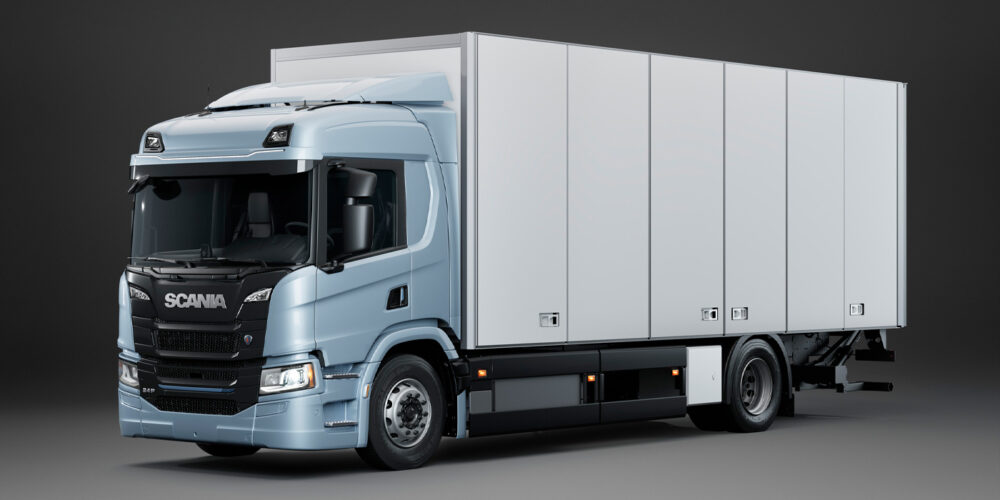The life-cycle cost approach to tire management isn’t new. Manufacturers have been preaching this for years as a way to quantify the benefits of purchasing premium tires—with premium casings—as justification for the higher initial expense of top quality tires. Mostly, this scenario is built around retreading as a way to postpone the purchase of expensive new tires and has worked effectively for nearly all fleets. There are more things to consider in this cradle-to-grave analysis, specifically advancing technology, economic climates and new business relationships.
Tires are expensive and will become more so. The cost of the primary raw materials (petroleum, steel and specialty chemicals) has risen sharply. In the last five years, new tire prices for major brands have escalated approximately 37%. Manufacturers have honed production processes, retired older machinery and trimmed trained labor forces to produce high quality tires at very competitive prices. The high capital costs and intense training required to increase output in tire plants is substantial, and many close to the industry foresee shortages when economic recovery accelerates.
A lesser, but growing, factor is the cost of scrapping out-of-service tires. Converting them into tire derived fuel (TDF) is an energy efficient and environmentally friendly solution. Ironically, transportation costs to consolidate old tires in the relatively few processing centers for this conversion are high and limit the economic viability in certain areas. Also, regulations covering scrap tire storage will continue to drive costs up. The bottom line is that costs for buying new tires—traditionally the second highest non-labor operating expense behind only fuel—and scrapping old ones are high and expected to continue upward.
Tire usage patterns are also changing in an effort to reduce operating costs. The days of premature tire changes, such as early rotation of steer tires to other axles simply in response to a driver request or accepting an off-brand replacement tire during a road service call, are (or should be) history. Maintenance outsourcing, service contracts for in-route tire service and replacement requirements, and extended intervals between shop visits for PMs are growing trends. As a result, more communication, inventory planning by service providers and confirmation of proper tire application and billings are essential to control cost.
Technology is also evolving. Most manufacturers now offer options of fuel efficient tires for linehaul use. Also, high quality internal, adaptive balancing compounds are available that offer three primary advantages. First, consider that a typical linehaul drive tire loses about 30 lbs. of tread rubber from new to removal at 6/32nds tread depth. This results in significant changes in balance requirements during the tire life. While not addressed by traditional lead weights, this is possible with the adaptive balance features of internal compounds.
Extended take-off mileages, improved ride and reduced expense for any re-balancing are claimed advantages of these new products. Also, consider that all road service-installed tires could now be accurately balanced on-site, eliminating the need for a follow-up shop visit. Also, California, Maine and Washington have already outlawed the use of lead weights and other states are sure to follow. Elimination of galvanic corrosion at the traditional weight/wheel flange interface, plus the loss of clamp-on weights during service, are added benefits of this new technology. There is a growing database indicating that accurately balanced tire/wheel assemblies provide a small, but consistent, fuel economy advantage over non-balanced units.
Other tire-related costs are sometimes treated as expenses, but when managed as assets and benchmarked, provide data to identify problem areas and opportunities for reducing costs. Some examples include repair costs, options for fuel-efficient retread compounds, percentage of casings that are returned as RARs, tires pulled early before wearing to specified removal tread depth, fitting older tires on equipment to be traded or sold, and periodic scrap tire analysis. Qualified tire manufacturer field engineers can be invaluable in guiding fleets through these types of analyses. Today, more than ever in the past, it makes good sense and saves dollars to manage tires as valuable assets through the complete life-cycle as an important part of operating cost control.













